‘Bad housing kills’: How coronavirus overwhelmed the UK’s most overcrowded community
Families in east London borough of Newham tell Adam Forrest of ongoing struggles – as experts point to hidden link between Covid-19 and cramped conditions

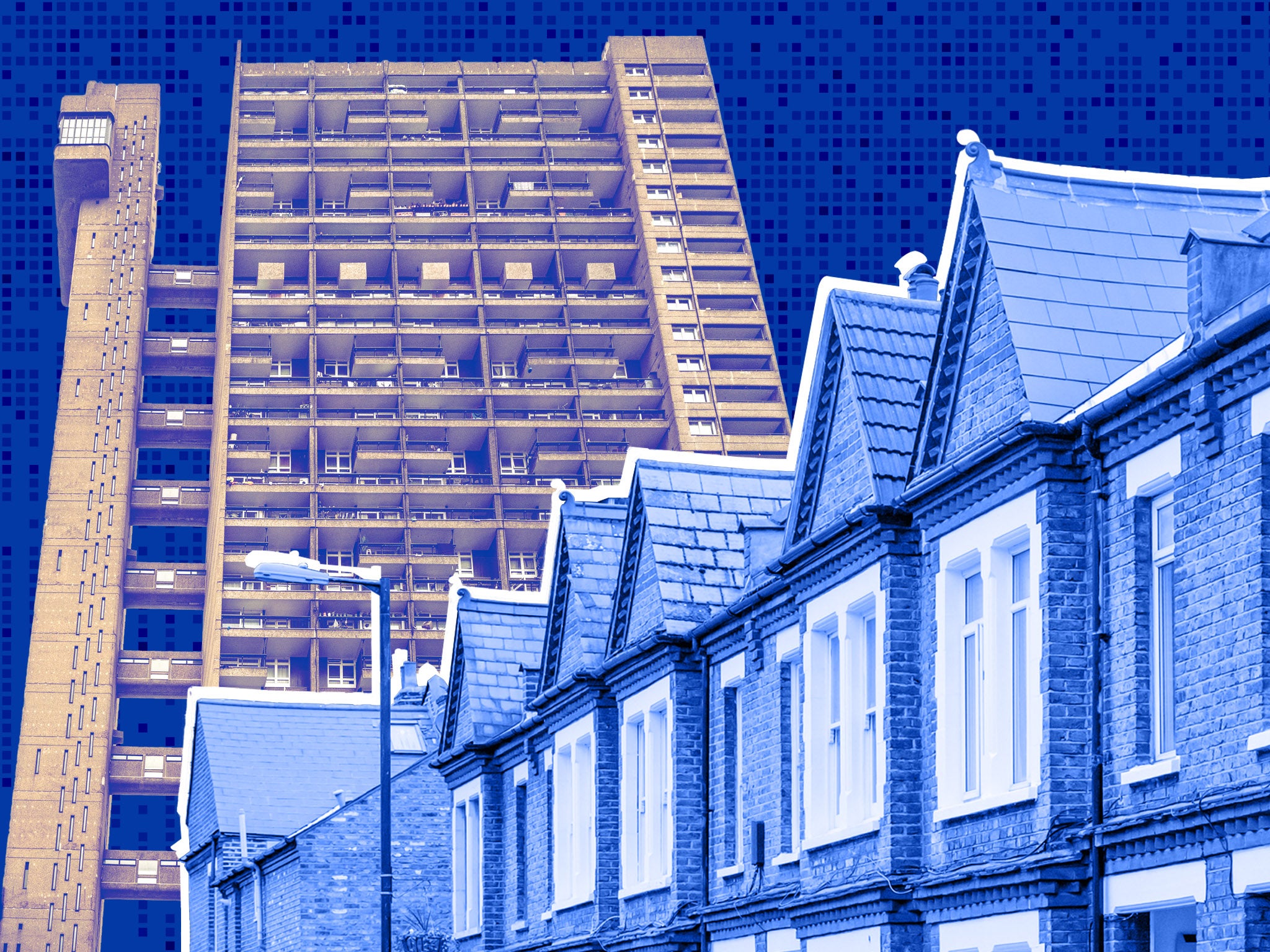
The coronavirus does not care about your social class or employment status. It does not concern itself with your accent or where you went to school. It is uninterested in how much money you have in your bank account.
But this tiny concentration of proteins has been able to succeed in doing the most harm in our least privileged communities.
The death rate from Covid-19 has been more than twice as high in England’s poorest areas than in the richest parts of the country.
Why is that? Why is the impact of this disease so uneven, so unfair?
The London borough of Newham is a good place to start getting some answers. This unloved patch of the old east end – packed with neglected 1960s high-rises and run-down Victorian terraces – has seen the second-highest coronavirus death rate in England since the beginning of March.
Newham also has the single worst overcrowding problem in the country. More than 25 per cent of homes in the borough don’t have enough bedrooms for the families living in them.
The area has become notorious for rogue landlords squeezing their properties for every last penny – installing bunk-beds into living rooms; cramming families into basement storerooms; renting out jerry-built garden sheds and back-lane garages.
The big squeeze affects council tenancies as well as private lets. Some lucky enough to be in social housing don’t feel lucky at all, desperately pleading with the council to find them somewhere big enough to raise a family properly.
Nosakhare Omoijade is a Transport for London bus driver who has worked on full time through the crisis. A couple of his friends – colleagues on the buses – died after contracting Covid-19. He lives in fear of bringing it home to his tiny council tower block flat in East Ham.
Nosakhare, his wife Joy and their five children live in a one-bedroom home. The couple sleep in the cramped living room, while the children all share a double bed.
“I’ve been really worried about contracting the virus. There would be no way to isolate here, no way to keep the children safe,” says Nosakhare.
“It’s been so difficult for us for such a long time, not just lockdown. We have lived like this since 2014. I’ve told the council so many times about how much we are struggling. When you don’t have enough space, it’s a challenge every day – emotionally, mentally, physically.”
The father of five is reluctant to lose the family’s council tenancy, and can’t afford the £1,700 or £1,800 a month it would cost to privately rent a three-bedroom house in the area.
“My children are my worry. What is this doing to them? My daughter said to me, ‘Daddy, when are we going to a new house?’ No one is supposed to live like this. I wish the council would come and see for themselves how we are living.”
Stephen Timms, the Labour MP for East Ham, is aware of the Omoijade family’s situation. “I’m meeting more and more people where there’s a whole family in a room. Goodness knows how they’ve survived the lockdown. Until we build serious numbers of new homes the problem is going to remain widespread.”
One independent study published in June in the Journal of Public Health found those living in overcrowding households in the UK are at “significantly greater odds” of testing positive for the virus.
Seven of the 10 most overcrowded local authorities in England and Wales show up in the top 10 local authorities with the highest Covid-19 death rates. Housing experts are convinced it’s time to pay attention to this significant overlap – one that’s been overlooked since the pandemic hit.
“Bad housing kills,” says Colin Wiles, an independent housing consultant. “Overcrowding has clearly made self-isolating and shielding much more difficult for many families. We need to take the country’s housing inequality much more seriously.”
Newham Council has been trying for years to tackle squalid conditions in the private rented sector – where overcrowding is at its most intense. A mandatory licensing system was introduced in 2013 and enforcement squads began prosecuting rogue landlords violating multiple occupation rules.
In the summer of 2015, the council’s team raided a three-bedroomed house in East Ham where 26 people were living. In some places landlords have been found working a warped shift system. Beds are rented out and shared between two people, and one sleeps while the other works – a grim kind of Goldilocks existence.
The borough’s housing team has also found some landlords working with a “head tenant”, letting him or her know how much they need for each floor, then turning a blind eye to the trifling details – like the number of human beings living there.
Despite its powers, the council has found it difficult to put a stop to all of this. It has handed out 325 fixed penalty fines against landlords in the past three years. But housing inspectors are often relying on complaints from tenants who don’t want to be evicted because they don’t have anywhere better to go. The alternatives can be even worse.
Anthony Leo Lewis, 44, has experienced the sharpest end of the housing crisis – sleeping on the streets for several months.
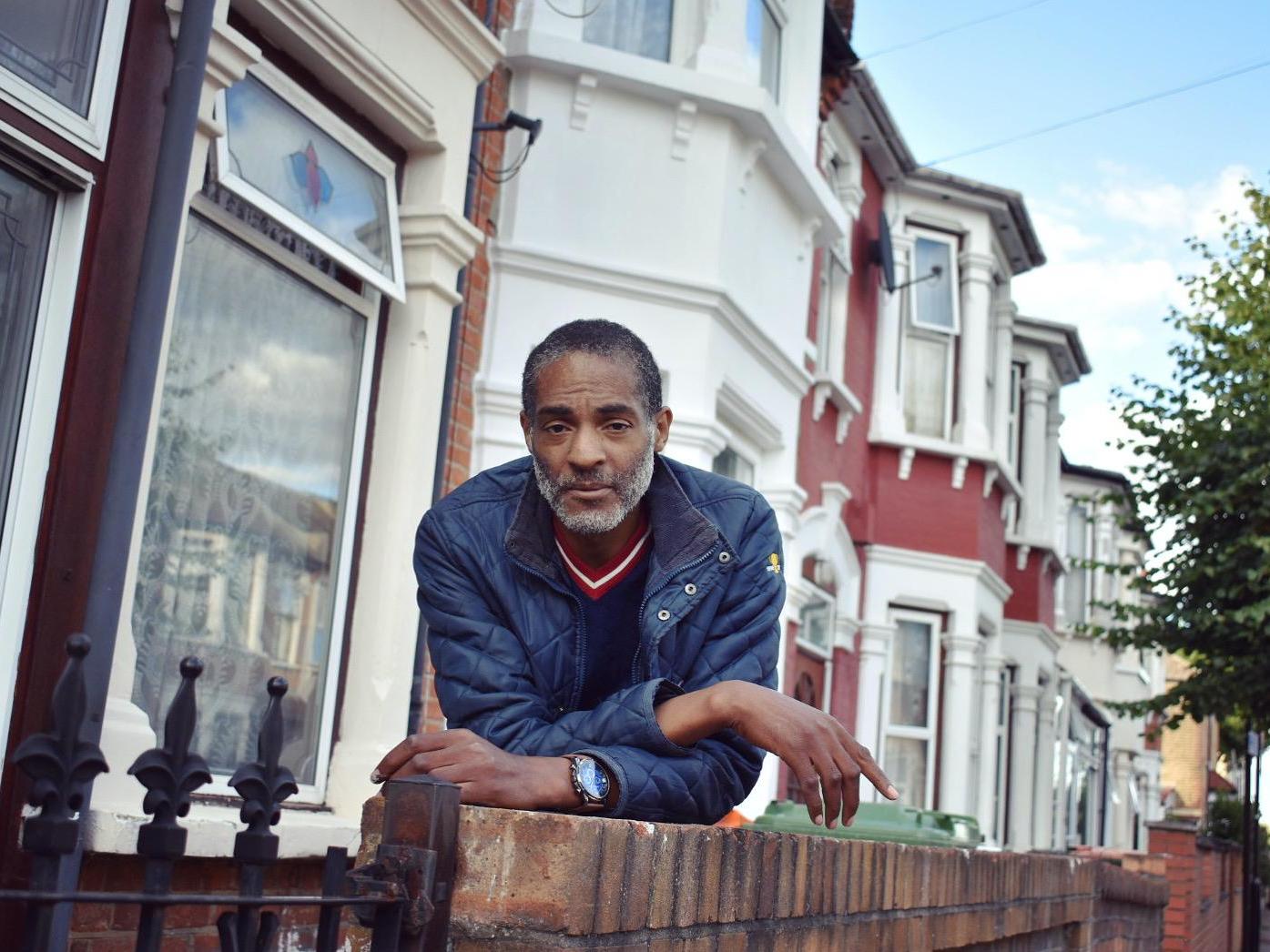
He was living in a hostel run by Newham’s homelessness charity Caritas Anchor House when the pandemic hit. “I was stuck staring at four walls, writing my poems, trying to stop myself going round the bend,” he says.
His luck turned in June when he got a job with another local charity, Stories on the Street. He moved into a flat in East Ham shared by six people – a room each and a shared kitchen. He pays just over £800 a month with the bills included.
“There might not be much space, but I’m managing the relationships with the others quite well,” he says. “And I get to share the garden, at least. My dream would be to have a flat of my own, but it’s just so expensive. The prices are incredible, considering how many are living in cramped houses in Newham.
“People can have two jobs in this area so they can pay the rent,” adds Anthony, who grew up in the borough. “We’ve got some big housing problems to sort out here.”
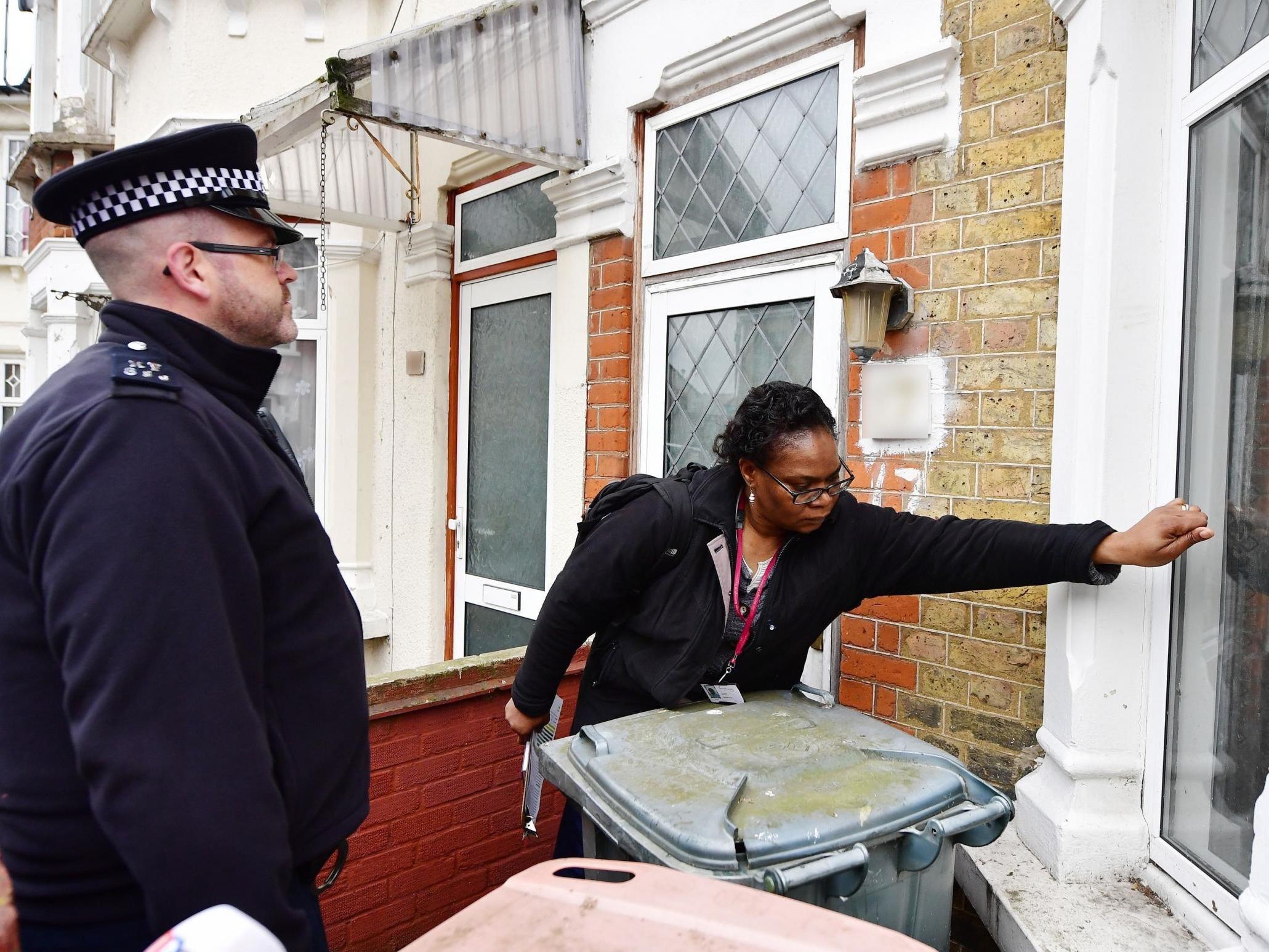
There are very few good housing options in Newham. There are certainly no bargains. The hand-scrawled cards in newsagents’ windows mostly advertise rooms rather than homes, with rents ranging from £500 to £700 a month. “Big room. Okay for couples or friends sharing,” reads one.
While out looking at the ads in the borough’s Manor Park area, I come across Claudiu sitting on the little brick wall of a two-storey Victorian terrace. The 43-year-old Romanian immigrant says he, his wife and his son rent out the largest room in the house for £700 a month.
The construction labourer opens the window so I can take a look: a silver jug in the middle of the room is collecting a drip, drip, drip from a leak in the ceiling. There is dark, mossy green mould on the skirting boards. In the corner there is a microwave, a white kettle and all the family’s clothes, folded and stacked up neatly.
Claudiu says the four families living there share one bathroom. The couple in the large room upstairs pays £600, and he thinks it is £500 each for the two couples in the smaller rooms. So it appears the landlord is raking in around £2,300 a month on the house – a house with green mould and at least one leaking ceiling. “The owner, he’s OK,” says Claudiu. “I just want him to fix the hot water. It’s not working right now.”
Amanda Dubarry, chief executive of the Caritas Anchor House charity, is continually amazed by the intensity of housing problems in the borough.
“Historically, the east end was somewhere poorer people started out in London because there was more affordable housing,” she says. “It’s still an area where a lot of people are on low incomes, but housing that’s affordable is so hard to come by.
“Where do people go who are in those jobs? The cleaners, the shop assistants, people working in pubs and restaurants, in warehouses ... there aren’t enough options for them.”
Marsha Daley, 32, grew up in the east end. She and her six-year-old daughter spent the lockdown stuck inside Brimstone House – a tower block in Newham containing just over 200 studio units for homeless families, mostly single parents and their children.
The council has a target of building 1,000 new council homes by 2022. But Marsha is one of just over 28,000 individuals and families on the waiting list for social housing.
Although it’s supposed to be a “temporary” housing arrangement, Marsha has been there ever since she became homeless in August 2017.
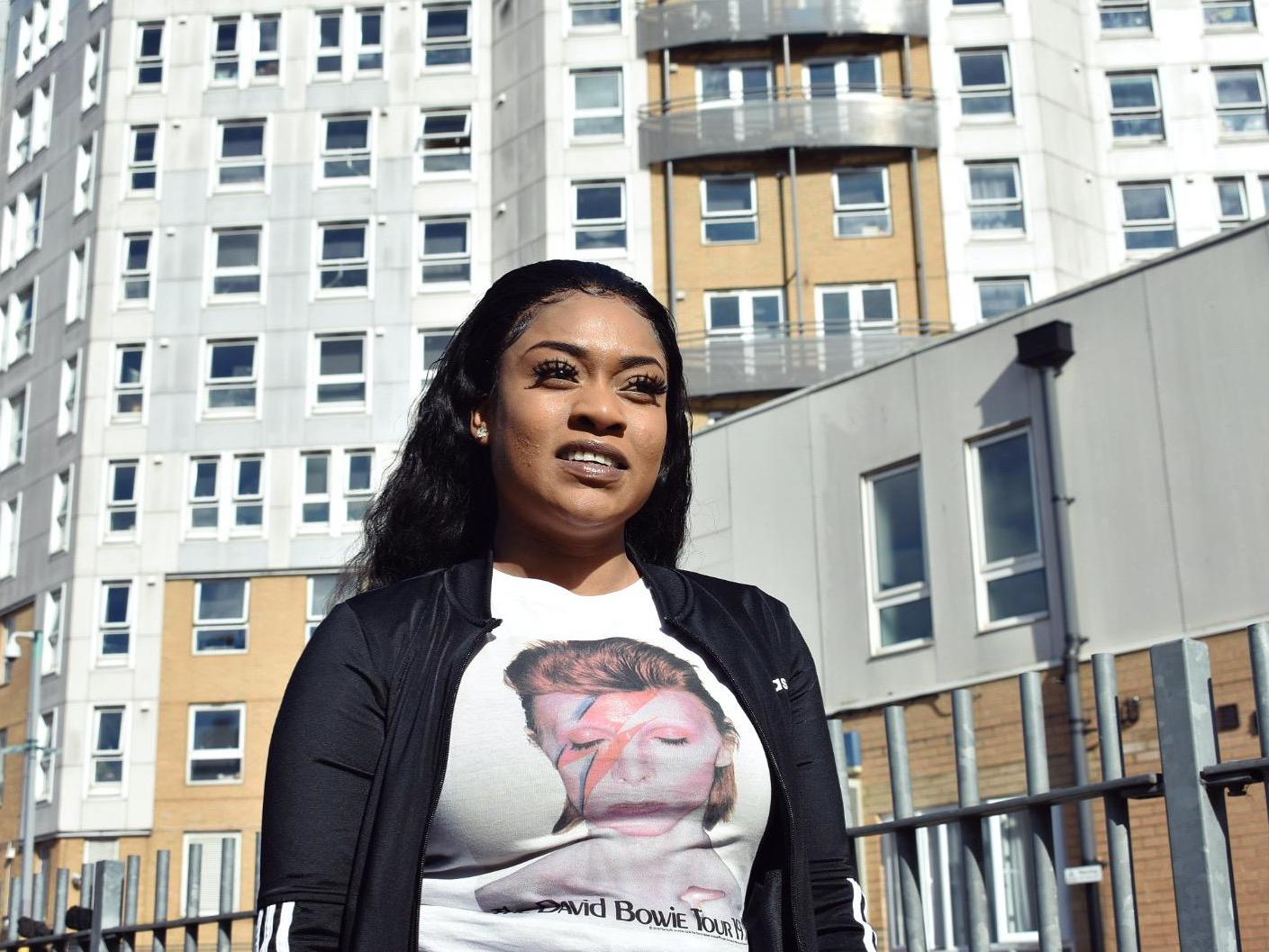
“It’s a prison-like environment, really – very cramped, very little ventilation, very depressing,” she says of the room where she and her daughter share the bottom half of the bunk bed and their possessions go on the top half.
Brimstone House – which used to be known as the Focus E15 hostel – has been home to many of the young mothers who started the Focus E15 protest group campaigning for more social housing.
“We’re not asking for luxury, just somewhere decent – some proper space,” says Marsha. “I’d just like a bedroom for my daughter. I grew up in east London and I like being in a multicultural area – so the idea of getting rehoused outside of London doesn’t really work.”
Newham is the most ethnically diverse council area in England and Wales – 73 per cent of residents are black, Asian and minority ethnic (Bame).
It also has the country’s third-highest proportion of over-seventies living in “intergenerational” households – grandparents, parents and children in the same home. Public Health England (PHE) has suggested it’s a factor that helps explain why Bame communities have been so badly hit by the disease.
“Overcrowding can lead to increased Covid-19 transmission,” states PHE’s June report. “This is a much larger problem in Bame households than in white British households ... Bame households are more likely to be intergenerational.”
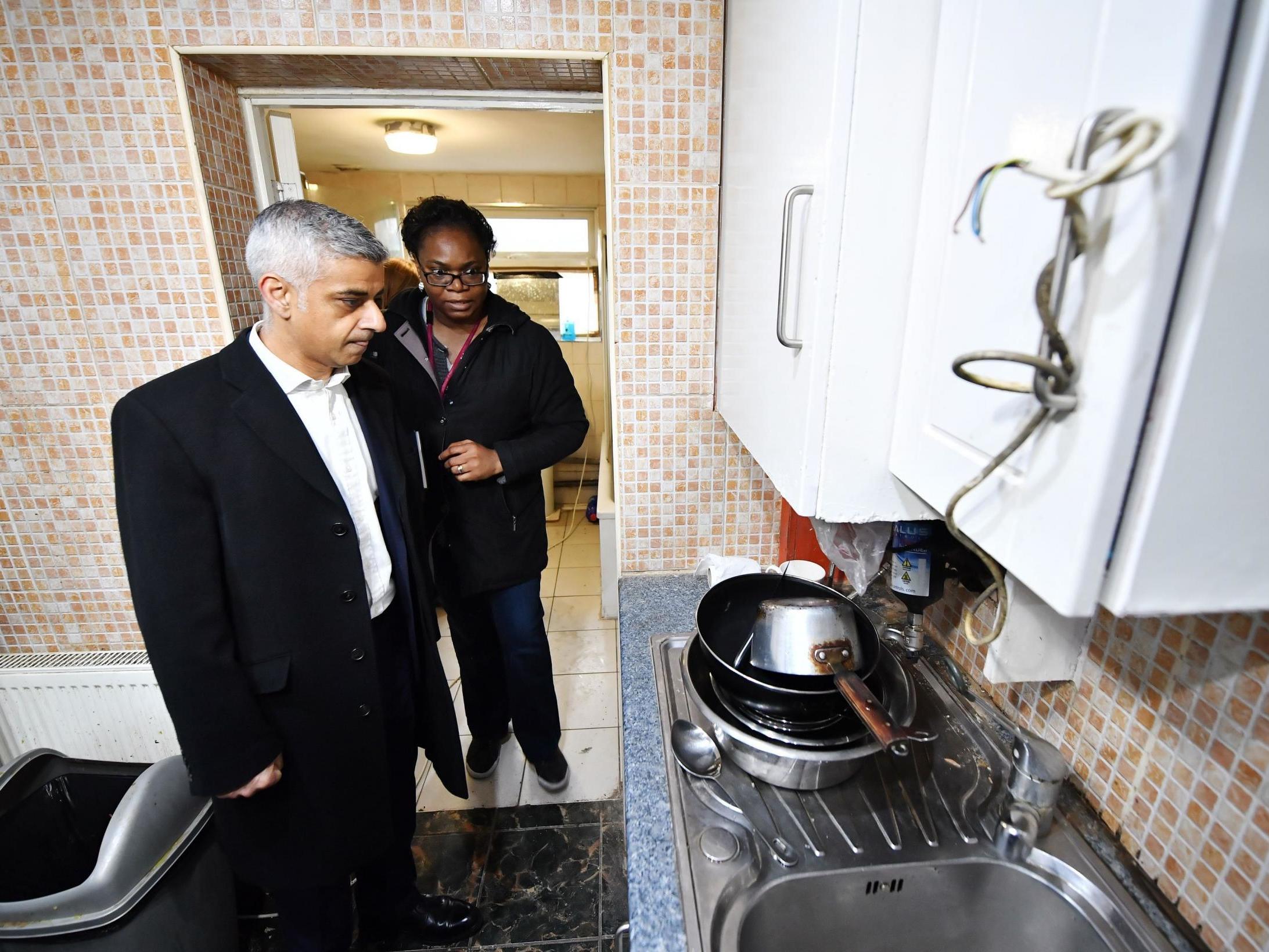
Newham councillor John Gray – the lead member for housing – is in no doubt about the links. “My postbag is full of messages from single people living with older family members in Bame households who just can’t afford to move out,” he says. “Many families don’t have a choice. Let’s give them a real housing choice.”
The Labour councillor points to the borough’s “ambitious” social housing target (1,000 homes by 2022) and says he’d like the local authority – if it could get more funding – to consider adding another storey onto existing two-storey council housing (while retro-fitting these buildings to tackle dampness problems).
“We need more housing. This is a huge problem. And frankly, Newham council by itself is not going to solve this. But we’re not going to just wring our hands and say it’s terrible and do nothing. We will do things. We also need help from the government.”
The impact of the coronavirus pandemic has been so huge, so overwhelming, it’s tempting to think that some our most profound social problems will have to wait until the crisis is over.
But the families of Newham and other hard-hit communities across Britain need political leaders to begin tackling the deep, abiding and ultimately deadly levels of inequality as a matter of urgency.
If not now, then when?
Join our commenting forum
Join thought-provoking conversations, follow other Independent readers and see their replies
Comments